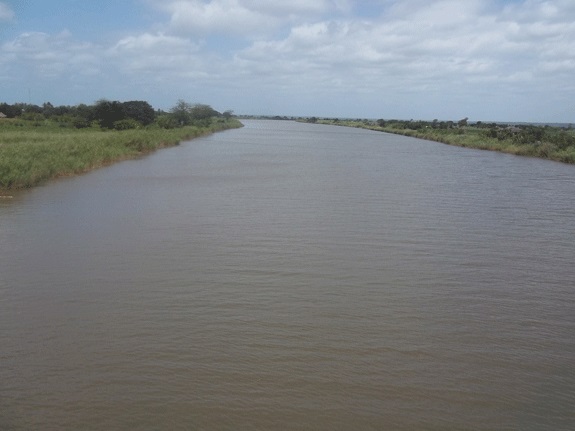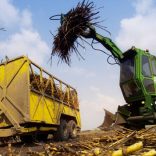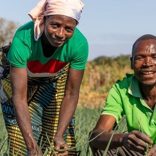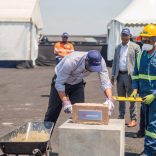Mozambique: Sugar producers call for review of fortification regulations, highlight enforcement ...
Agricultural irrigation: Chokwe Hydraulics proposes to increase water rates in Gaza, Mozambique

Noticias (File photo)
Management of the Chokwe Hydraulics company (HICEP, empresa Hidráulica do Chókwè) in Gaza have proposed increasing the fee for irrigating agricultural fields from the current 1,200 to 3,000 meticais per hectare.
The proposal was made a few days ago during the final debriefing of the current agricultural campaign, and justified on the grounds of water infrastructure maintenance costs and the need to ensure the timely payment for water supplied by the Regional Water Administration of the South (ARA-Sul).
HICEP chairman Soares Xerinda said the measure aimed to improve the efficiency of irrigation and the dredging of farmland, thereby contributing to an increase in income. The last change in water tariffs, he said, was in November 2011, and irrigation maintenance costs have tripled in the meantime.
Also according to Xerinda, water tariffs charged by HICEP have not even been covering irrigation maintenance expenses, and strategies to ensure the sustainability of the company and, in the medium term, to generate profits for the state are justifiable.
ARA-Sul charges HICEP 11,520,000 meticais per annum, an amount negotiated with the entity responsible for providing water to Chokwe ‘regadio’ [irrigation scheme].
State-owned enterprises, companies will, from this year on, be obliged to adopt strategies to ensure sustainability and, in the medium term, generate profits to return to the state.
In this context, HICEP managers announced at the meeting that the company would be forming production and investment partnerships with private entities, without any sovereign guarantees involved. It is however imperative that, to ensure sufficient water for irrigation, the Massingir dam rehabilitation is completed as soon as possible.
In the first 2016/2017 agricultural harvest, HICEP intends to grow 300 hectares of rice and 60 of maize. In the second season, HICEP’s attention will turn to a common bean and pigeon pea production area of about 200 hectares. More than 150 hectares have already been ploughed.












Leave a Reply
Be the First to Comment!
You must be logged in to post a comment.
You must be logged in to post a comment.